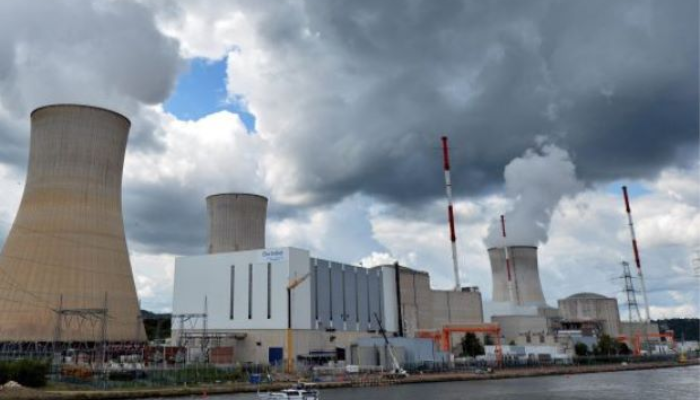Bangkok, Thailand is embarking on a journey to diversify its energy mix by exploring small modular nuclear reactor (SMR) technology. Prime Minister Srettha Thavisin announced the country’s ambitious plans during a speech at an American Chamber of Commerce event in Bangkok on May 31.
Thavisin highlighted Thailand’s commitment to a green transition, aiming for 50 percent of its energy production to be renewable by 2040. Alongside initiatives such as green hydrogen and battery storage solutions, the country is turning to SMR power plants to make its manufacturing processes more environmentally friendly.
SMRs are advanced nuclear reactors capable of generating around one-third of the electricity produced by traditional nuclear power reactors, according to the International Atomic Energy Agency (IAEA). With a power capacity of up to 300 megawatts per unit, SMRs offer flexibility in deployment and can be sited in locations unsuitable for larger nuclear plants.
Thailand’s pursuit of nuclear energy is a shift from its previous plans, which were delayed following the Fukushima nuclear accident in 2011. However, the country sees SMRs as a promising avenue for meeting its growing energy demands while reducing reliance on natural gas, which currently accounts for two-thirds of its electricity generation.
One advantage of SMRs is their modular design, allowing prefabricated units to be built, shipped, and installed on-site, making them more affordable compared to large-scale reactors. This characteristic aligns with Thailand’s goal of expanding its energy sources in a cost-effective manner.
Currently, renewable energy contributes around 23 percent of Thailand’s total installed capacity, led by solar, wind, and hydropower projects. The country also imports hydropower from neighboring Laos to supplement its energy needs.
In its latest power development plan, Thailand aims to derive 53 percent of its energy from natural gas, 36 percent from renewable sources, and 11 percent from coal and other fossil fuels by 2037.

